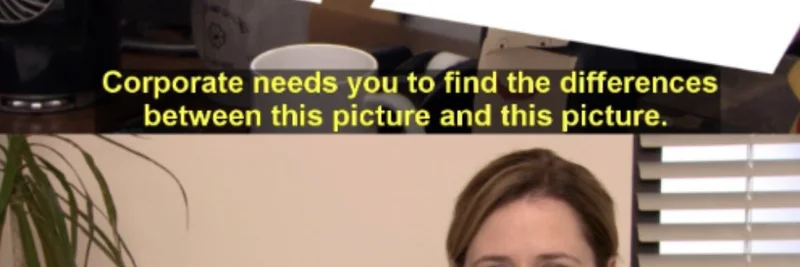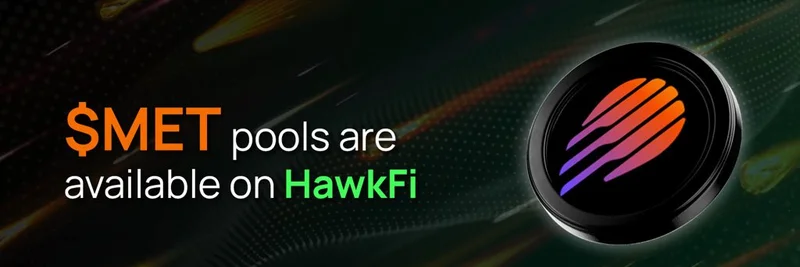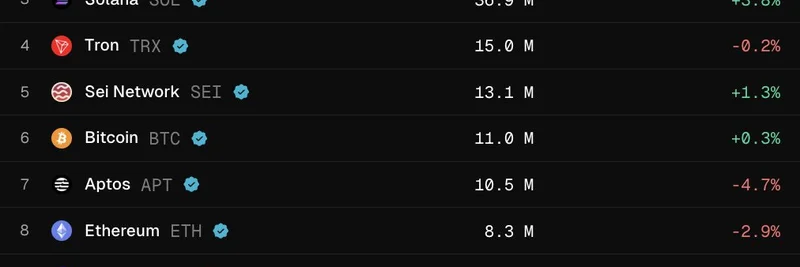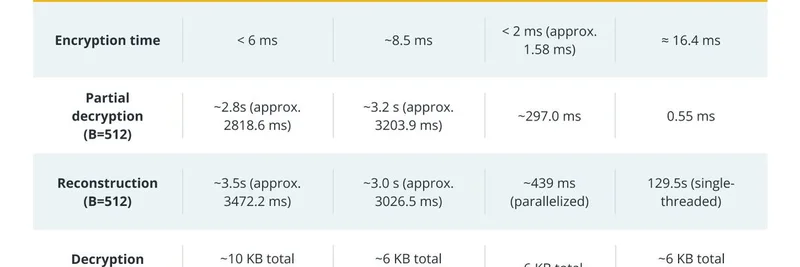In the fast-paced world of crypto, memes often capture complex ideas in a hilarious way. Take this recent post from Token Terminal on X (formerly Twitter): it features a classic meme from The Office to highlight a shifting paradigm in digital finance. The meme equates "tokenized money market fund LP share" with "the new default money," suggesting they're essentially the same thing. And according to the post, all stablecoin and real-world asset (RWA) issuers are vying to turn this vision into reality—ultimately benefiting everyday users like you and me.
Let's break this down. First, what's a tokenized money market fund LP share? Money market funds are low-risk investment vehicles that park money in short-term debt like Treasury bills, offering stability and a bit of yield. In crypto, "tokenizing" means putting these funds on the blockchain as digital tokens. The "LP share" refers to liquidity provider shares, which represent your stake in a pooled fund—think of it as your slice of the pie in a decentralized finance (DeFi) setup.
Stablecoins, like USDT or USDC, are cryptocurrencies designed to hold a steady value, usually pegged to the US dollar. RWAs take it further by tokenizing real-world assets, such as government bonds or real estate, bringing traditional finance onto the blockchain. Issuers like Tether, Circle, and even big players like BlackRock with their BUIDL fund are in this space.
The meme's punchline? These tokenized yields-bearing assets could replace plain-vanilla stablecoins as the standard "money" in crypto wallets. Why hold a stablecoin earning zero interest when you could have one backed by money market funds yielding 4-5%? It's like upgrading from a no-interest checking account to a high-yield savings one, all on-chain.
Token Terminal's caption nails it: "all stablecoin & RWA issuers will compete to make this a reality = a big win for consumers." Competition breeds innovation. As more issuers jump in, we'll see better yields, lower fees, enhanced security, and easier access. For blockchain practitioners, this means your "idle" crypto can work harder, generating passive income without leaving the ecosystem.
This trend ties into the broader meme token narrative too. While meme coins like DOGE or PEPE thrive on hype and community, the rise of yield-bearing stable assets could stabilize the market, making it more appealing for serious investors. Imagine meme token holders parking profits in tokenized funds for steady returns—bridging fun and finance.
Of course, challenges remain. Regulatory hurdles, like those from the SEC on crypto securities, could slow things down. Liquidity and redemption speeds are key; no one wants their "money" locked up during a market dip. But with heavyweights entering the fray, progress is inevitable.
If you're diving into DeFi or meme tokens, keep an eye on this space. Tools like Token Terminal provide data to track these developments. It's not just a meme—it's a glimpse into crypto's future as efficient, yield-optimized money.
Stay tuned to Meme Insider for more insights on how these trends shape the blockchain world. What's your take—will tokenized funds become the new default? Drop a comment below!




